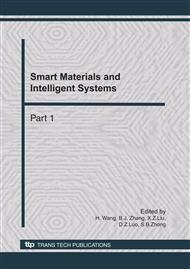p.828
p.832
p.837
p.841
p.846
p.851
p.857
p.863
p.868
The Inherent Viscosity Test and Hardening Experiment Research to the Polymeric Soil Consolidator of Acrylic Acid
Abstract:
Based on the different feed-ratios to the concentrations of initiator((NH4)2S2O8), acrylic acid, acrylamide and prevent-polymerization agent (isopropyl), this article discusses the inherent viscosity of the polymeric soil consolidator and the test of hardening performance. Experiment results indicate that: 1) the relationships between different feed-ratios and inherent viscosity are as the following: with the increase of initiator charging quantities, the sample's inherent viscosity rises, while with the increase of acrylamide charging quantities, the sample's inherent viscosity decreases. When the charging quantity of isopropyl is 6.750 g, the sample's inherent viscosity reaches the max value 32.47 ml•g-1. 2) The addition of polymeric soil consolidator into the soil can improve the performance such as the resilient modulus and california bearing ratio significantly.
Info:
Periodical:
Pages:
846-850
Citation:
Online since:
October 2010
Price:
Сopyright:
© 2011 Trans Tech Publications Ltd. All Rights Reserved
Share:
Citation:


